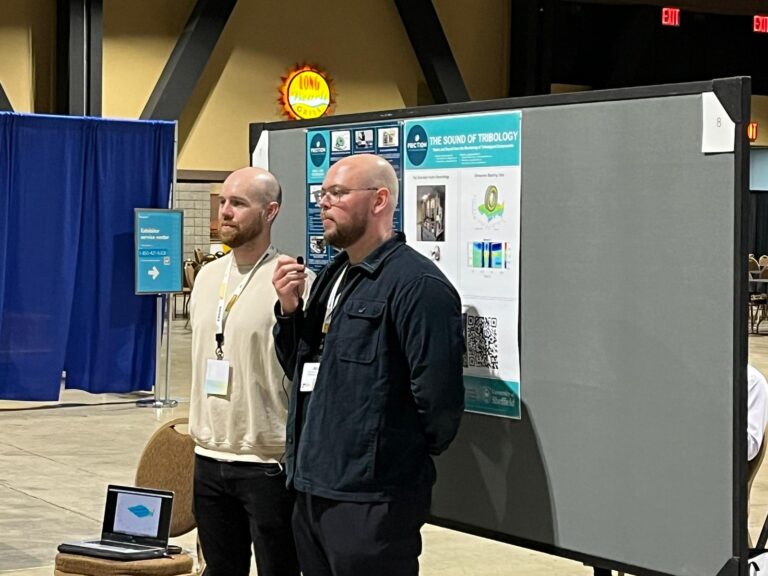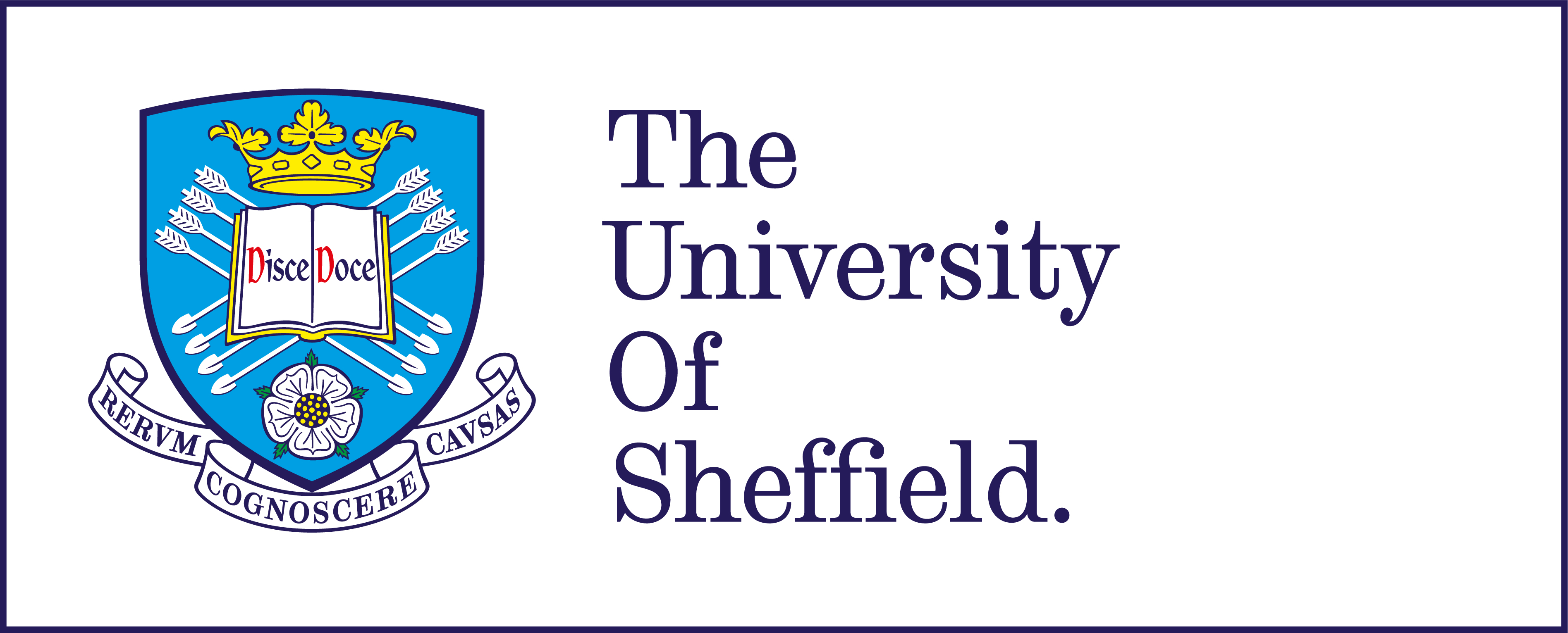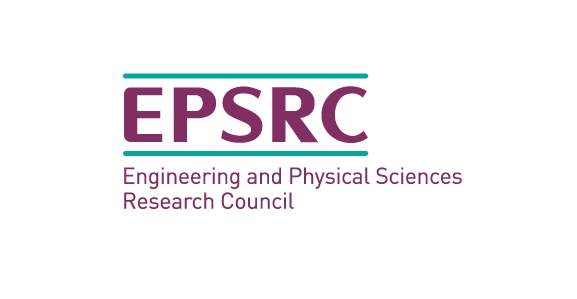Presenting the results of research in tribology creatively can inspire people and make the subject more engaging and accessible. Music has the power to sooth, excite, and inspire. It is one of the basic forms of human sensory engagement. What better way to present the results of tribological experiments than in the form of music.
Our project manager – David Brady, along with the help of Prof Rob Dwyer-Joyce, Dr Joshua Armitage, William Gray & Oliver Spenceley – used in situ audio recordings and sensor data from both hip replacement simulators and ultrasonic monitoring of piston rings and ball bearings to form an innovative and creative expression of the sounds associated with the research of the Friction grant. Measured signals from real tribological experiments have been collected, converted into an audible frequency range and manipulated and effected to create music. The intention was to create audibly pleasant and stimulating sounds. This outreach project shows the data recorded in these research areas in a creative context, giving a different perspective with the intent to inspire and provoke new interest in the tribology field.
David then presented these musical pieces, along with the scientific context at the STLE Annual Meeting 2023 in Long Beach, CA – including an interview side by side with William Gray for STLE TV.
The video below shows a moving spectogram, taken from the ultrasonic monitoring of ball bearings (University of Sheffield), this is paired with the ultrasonic data – converted to an audible range – and then creatively manipulated and edited into a musical arrangement complimenting the timbre of the raw data. All sounds heard within the piece are soley from the sensor data, no other sounds have been introduced.
To read more on the technical process, please read the following pdf written by Dr Joshua Armitage.
The piece of music below was made by recording the hip replacement simulators (University of Leeds – pictured). A microphone was placed at several points around the simulator and at different times during the operation of the machine. Those audio recordings were then manipulated and edited – in a similar way to the ultrasonic monitoring data above – to create a musical piece, which compliments the timbre and rhythm of the machine itself, with the bpm of the piece taken from the natural speed of the simulator. Again, all sounds heard within the piece are soley from the recordings within the hip simulator lab, no other sounds have been introduced.
Will and David being interviewed about their time at STLE and working on the ‘Sound of Tribology’.




